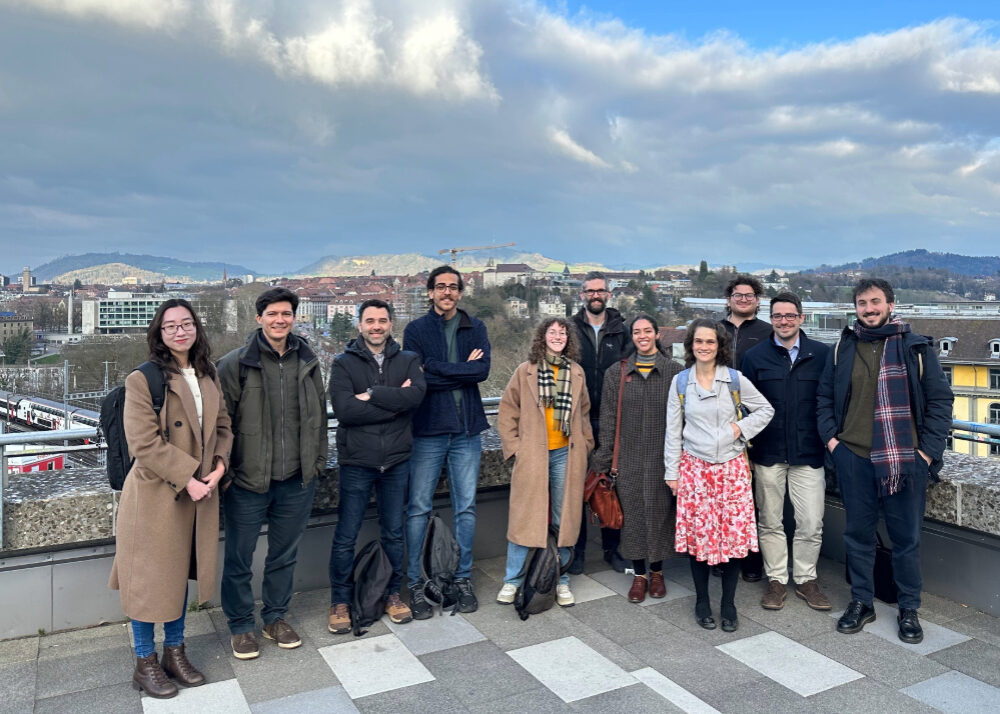Galaxy growth is regulated by many physical processes that cycle gas between galaxies and their surroundings. Outflows powered by supernovae and supermassive black holes are hypothesised to shut off star-formation by ejecting gas from galaxies. However, the total amount of mass and energy in outflows has long been poorly constrained due to the difficulty of observing gas over a wide range of temperatures and densities. The James Webb Space Telescope (JWST) has revolutionized this field by making it possible for the first time to observe outflows of neutral gas from massive galaxies in the early Universe, revealing that this cooler phase may contain significantly more mass than the better understood ionized phase. In this project, we will combine space- and ground-based data to undertake the first direct comparison of ionized and neutral outflow properties for a large sample of distant galaxies. We focus on the period of the Universe’s history called Cosmic Noon, about 3 billion years after the Big Bang, when galaxies were reaching maturity and starting to transform into the quiescent systems that populate the universe today. The project is based on the Blue Jay sample of galaxies with existing JWST observations, to which we will add 1) new JWST observations performed at a higher spectral resolution, and 2) ground-based observations from the optical telescopes MMT and Keck. In the future, we may also add sub-millimeter ALMA observations probing the molecular gas phase. Our results will provide powerful new constraints on the total mass and energy ejected by outflows and will significantly improve our ability to test and refine outflow models.
Multiphase Outflows in Galaxies at Cosmic Noon
ISSI Team led by Sirio Belli & Rebecca Davies

